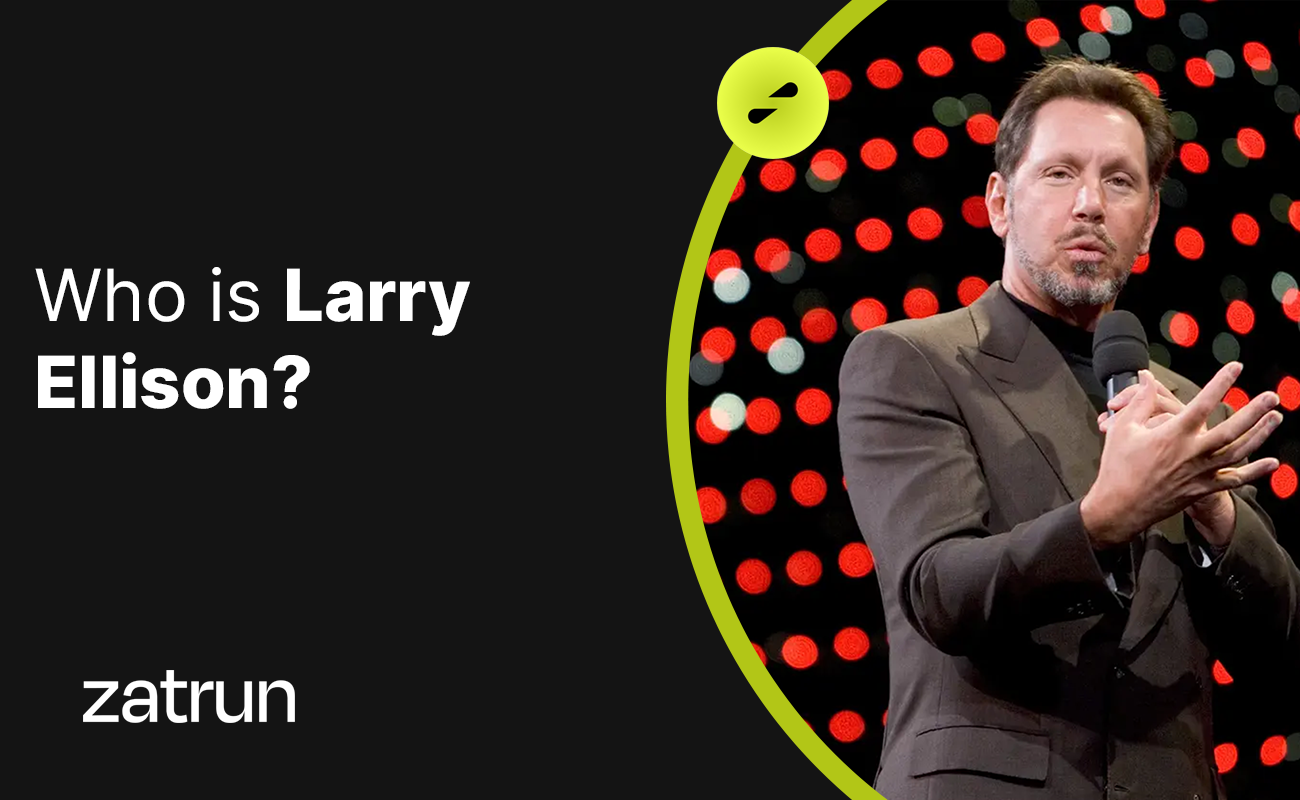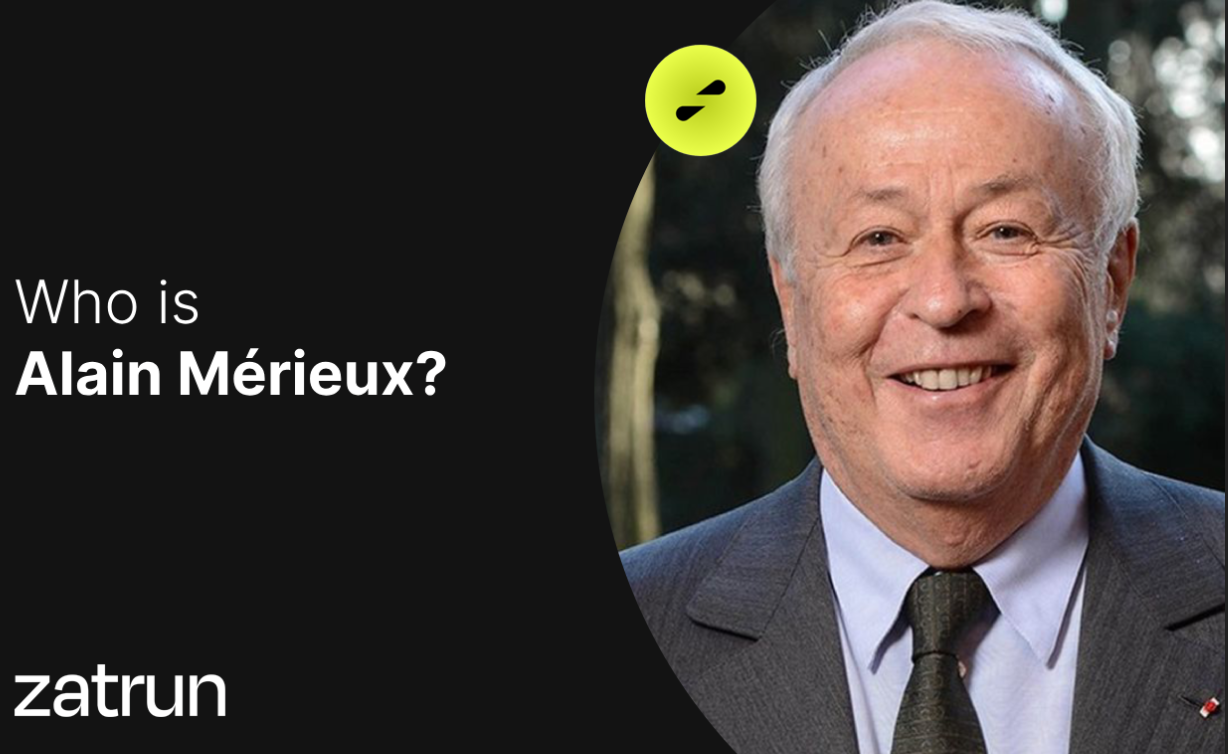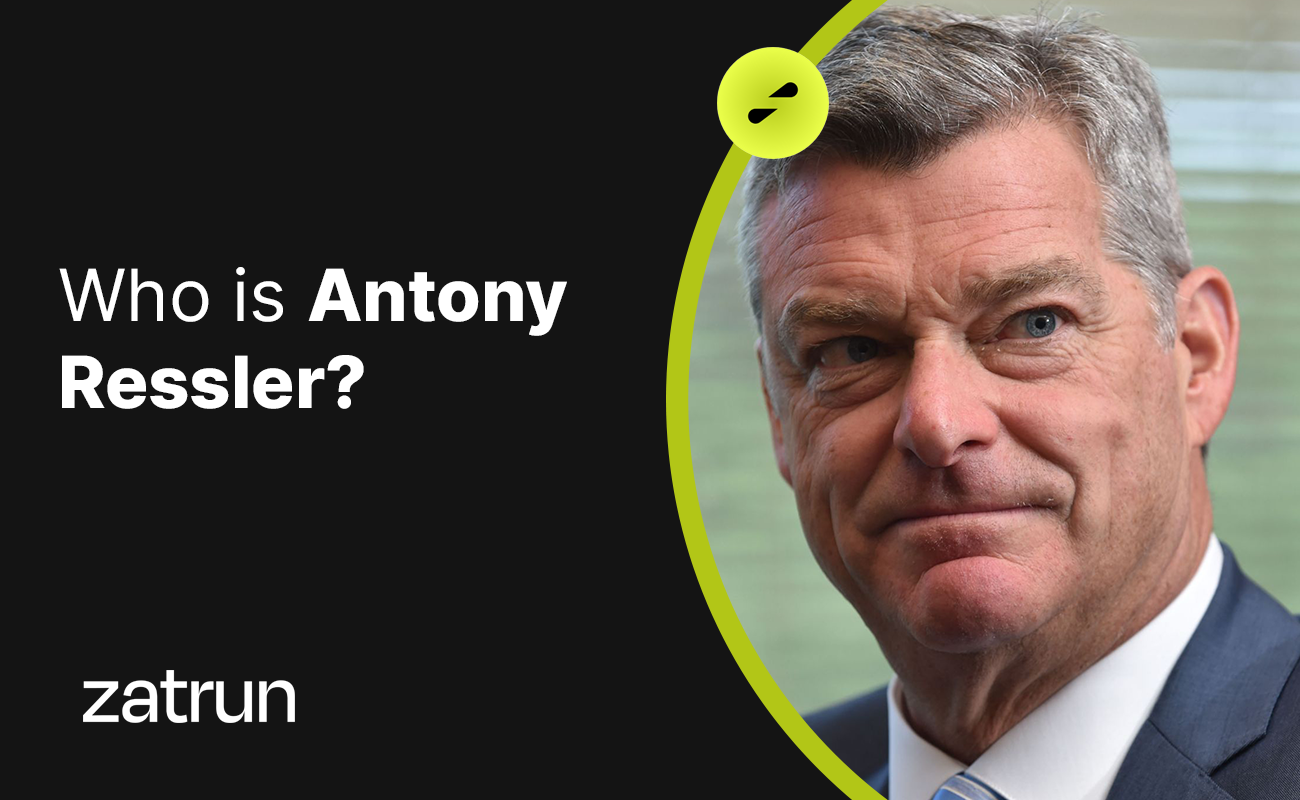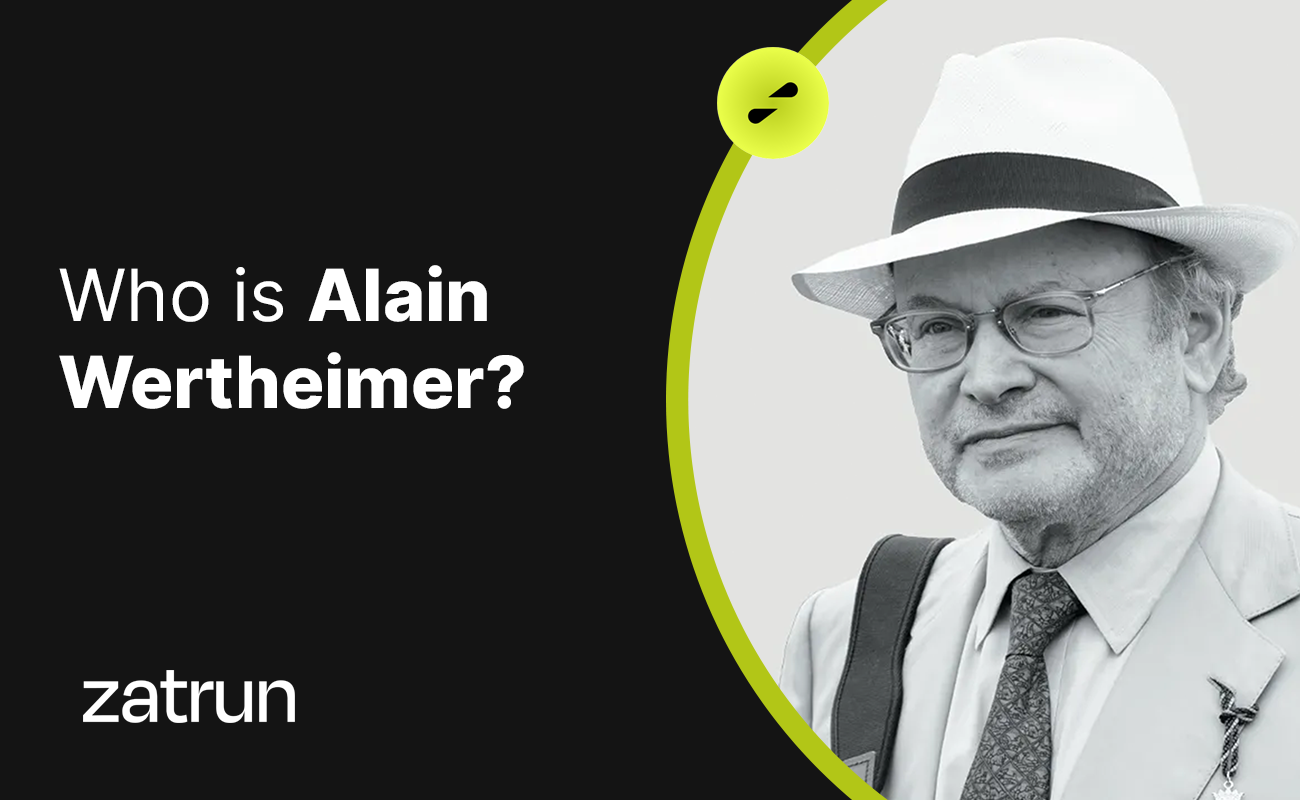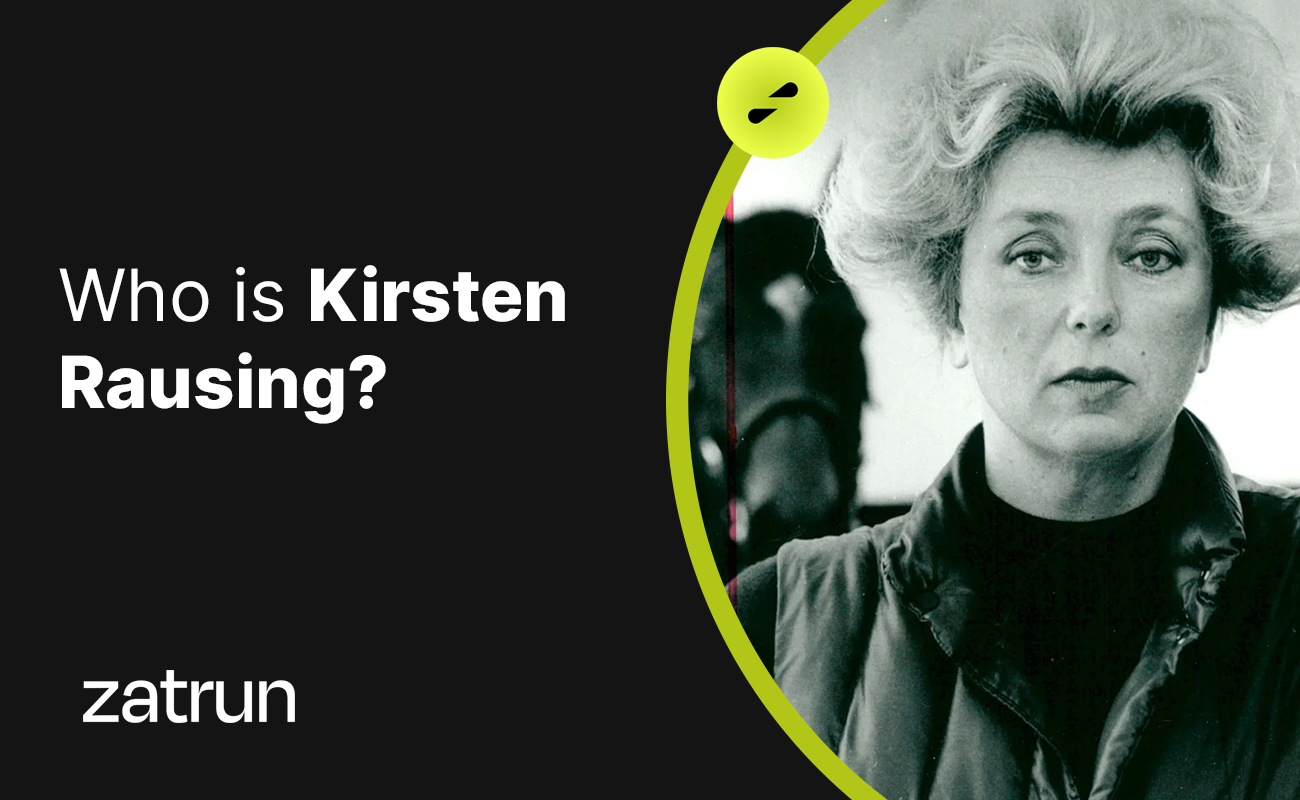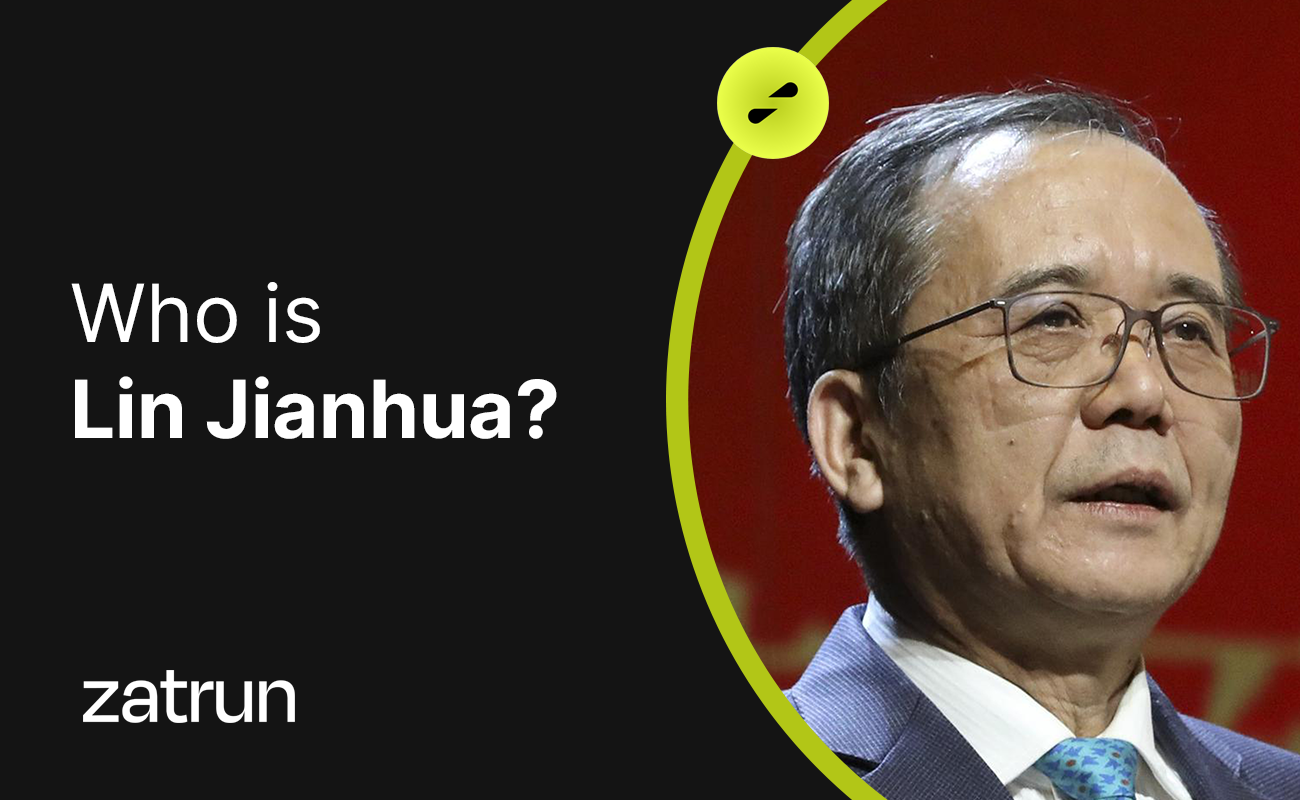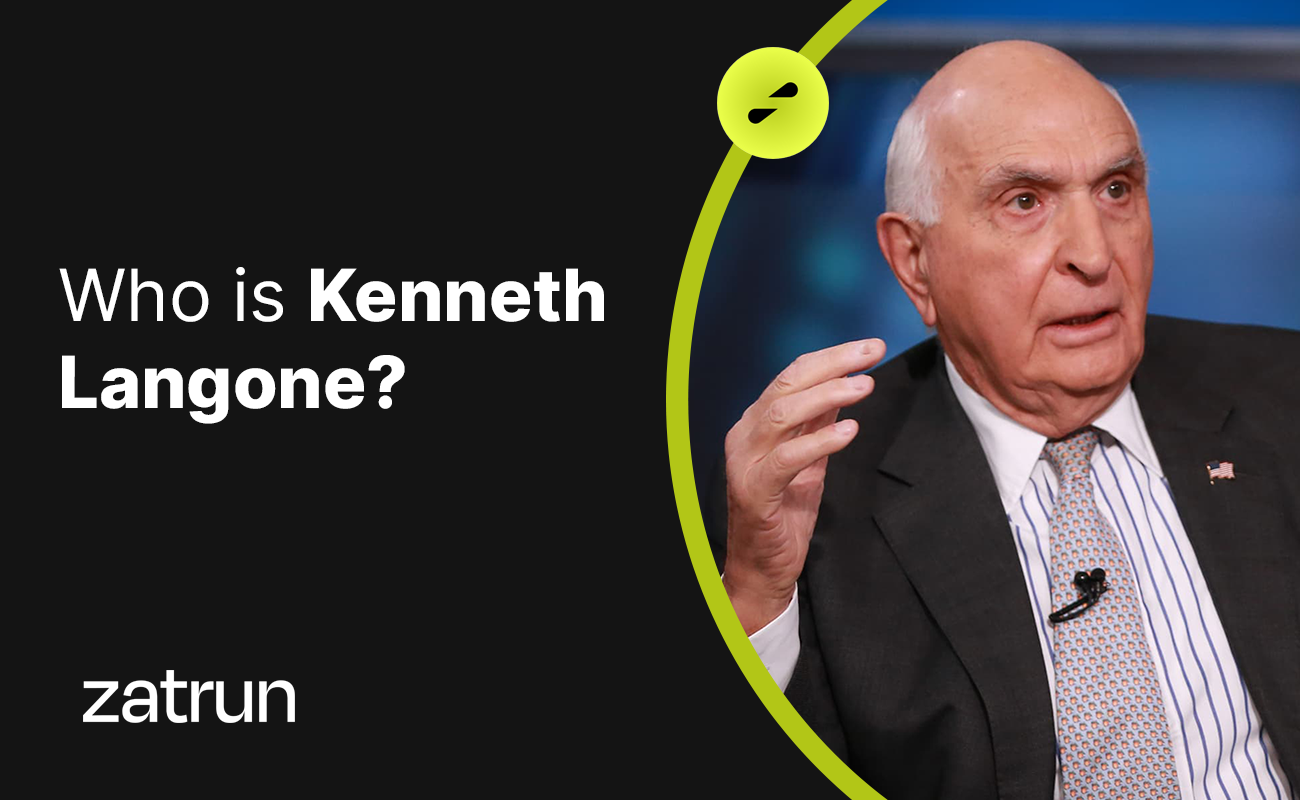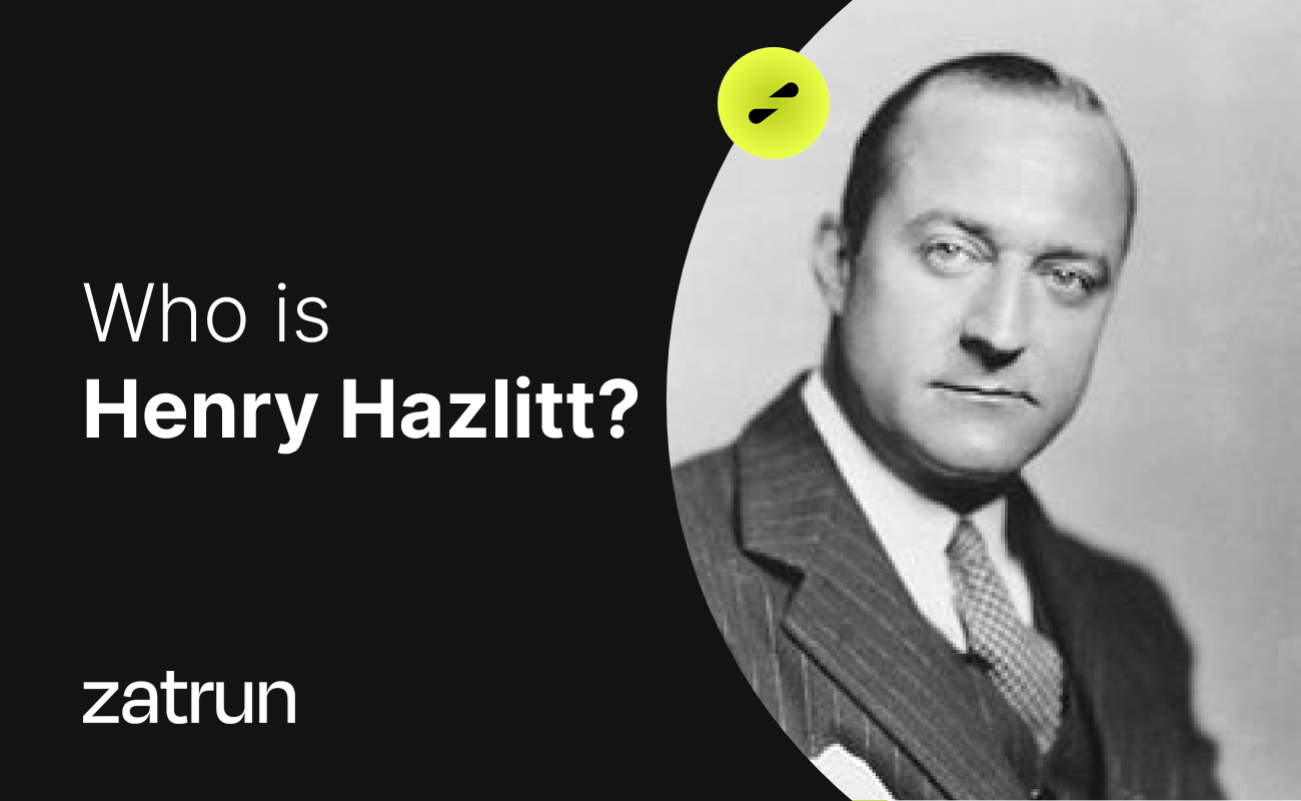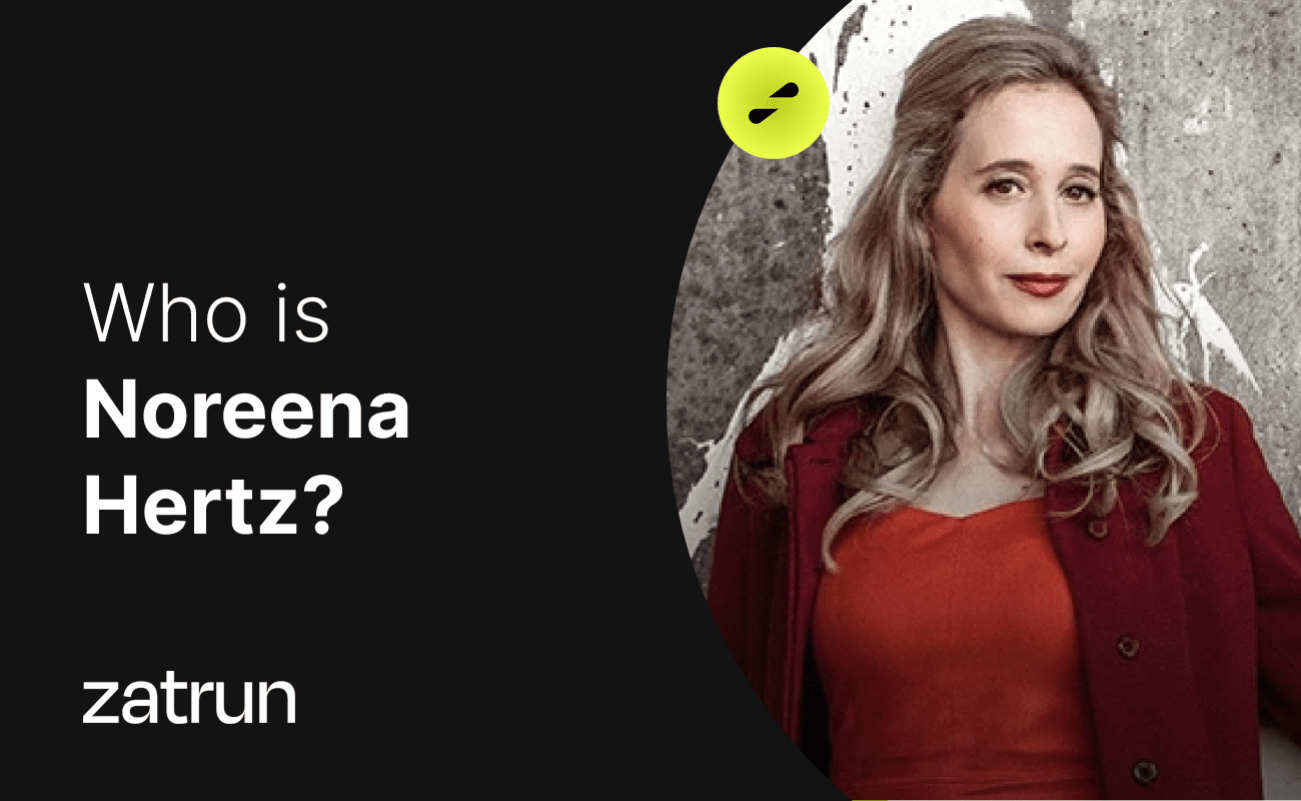In this article, we at Zatrun.com will provide a detailed overview of the famous political economist and economic historian, Eli Heckscher, that our readers have been curious about.
Who is Eli Heckscher?
Eli Heckscher (November 24, 1879 – December 23, 1952) was a Swedish political economist and economic historian. He was born in Stockholm to Isidor Heckscher, a Swedish-Danish businessman, and his wife Rosa Meyer, and completed his high school education there in 1896. Heckscher pursued higher education at Uppsala University (from 1897) and Gothenburg University College (in 1898), and completed his doctorate in Uppsala in 1907.
From 1909 to 1945, he served as a professor of Political Economy and Statistics at the Stockholm School of Economics and Business. In 1929, he founded the Institute for Economic and Business History Research in Sweden to create and establish economic history as a practical science. This was achieved with the hiring of historian Bertil Boëthius (1885-1974) and economist Arthur Montgomery, leading to the emergence of the “Stockholm School” and its influence on government planning.
Heckscher’s son, Gunnar Heckscher (1909-1987), was a political scientist and later leader of the Swedish Centre Party (1961-1965). His grandson, Sten Heckscher, is a Social Democratic politician. By 1950, Eli Heckscher had published 1,148 books and articles. He is known for his work on mercantilism, which has been translated into multiple languages, and his contributions to Swedish economic history, which span several volumes.

The Impact of Foreign Trade on Income Distribution:
Eli Heckscher’s most important work is his article titled “The Effect of Foreign Trade on the Distribution of Income,” which was published in 1919. In this article, Heckscher presented a model that explains patterns in international trade, now known as the Heckscher-Ohlin model. Despite being a groundbreaking study, “The Effect of Foreign Trade on the Distribution of Income” initially received little attention for several reasons. Firstly, Eli Heckscher published it in a Swedish journal, Ekonomisk Tidskrift, which had relatively limited foreign access. Secondly, even those who followed Heckscher in Sweden might have missed this specific article due to his prolific output of 1,148 articles and books.
Lastly, because Heckscher was Jewish, the rise of anti-Semitism and the Nazis’ ban on Jewish writers delayed the article’s recognition outside of Sweden until after World War II. Heckscher’s famous former student at Stockholm School of Economics, Bertil Ohlin (who eventually succeeded Heckscher), significantly expanded and supported Heckscher’s theory and became recognized by a wider audience. Ohlin won the Nobel Prize in Economics in 1977, long after Heckscher’s death.
Heckscher-Ohlin Theorem:
The Heckscher-Ohlin theorem is a result derived from the Heckscher-Ohlin trade model, which states that international trade is proportional to the amounts of capital and labor. In countries with abundant capital, labor wages are high, making the domestic production of labor-intensive goods like textiles and simple electronics more costly. Conversely, capital-intensive goods like automobiles and chemicals can be produced more cheaply domestically. Countries with large amounts of capital will export capital-intensive goods and import labor-intensive ones, while those with a high amount of labor will do the opposite.
The following conditions must be met for the theory to hold:
- Factor inputs, namely labor and capital, are not equally available in both countries.
- The two goods being produced require either more capital or more labor.
- There is no movement of labor or capital between the two countries.
- There are no costs associated with the transportation of goods between countries.
- Citizens of both trading countries have the same needs.
The theory depends on the amount of capital and labor per worker, rather than the total amount of capital or labor. This allows small countries to trade with larger ones, as they specialize in production with factors that are more available than their trading partner. The fundamental assumption is that capital and labor are not equally available in both countries, leading to specialization and increasing economic welfare for each country.


